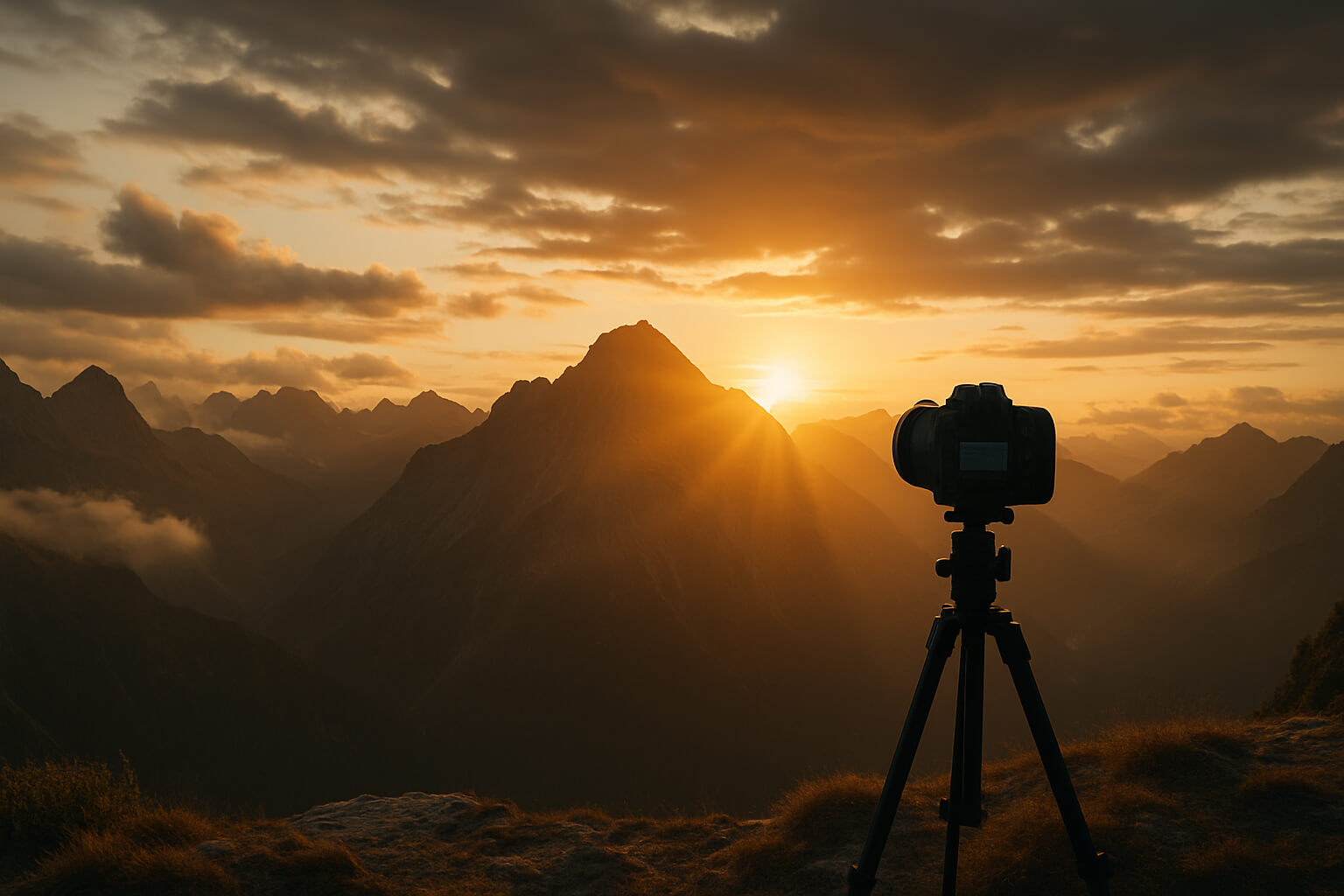June 10, 2025

Panoramic photography is an exciting technique that lets you capture sweeping landscapes, grand architectural structures, and wide-angle cityscapes with breathtaking depth and scale. Whether you’re using specialized lenses, shooting in-camera panoramas, or stitching together multiple shots, this technique can create immersive images that mirror the human field of vision.
Whether you're a hobbyist traveler or a professional photographer aiming to elevate your visual storytelling, mastering panoramic photography will open up new creative possibilities in your work.
Panoramic photography refers to the method of capturing images with an expanded field of view—typically much wider than what a standard lens can capture in a single frame. These images generally have an aspect ratio of 2:1 or higher, delivering a cinematic feel and inviting viewers into the scene.
Key methods for shooting panoramic photos include:
For an in-depth guide on essential gear, check out our article on Best Cameras for Beginners in 2025.
To successfully create a stunning panorama, the right equipment and setup are crucial:
Consistent lighting throughout your panorama shots is crucial for creating a seamless final image. Avoid using automatic settings—always switch to manual mode to lock in your exposure, white balance, and focus before starting.
Follow these best practices for the best results:
Bonus Tip: Include foreground elements such as rocks, trees, or people to add depth and dimension to your panoramic shots.
Once you have captured your panoramic images, stitching them together is the next step. Many editing programs can do this automatically, but here are some popular options:
For more photo editing tools, check out our guide on the Best Photo Editing Apps in 2025.
Panoramic photography isn't just for landscapes—expand your creative horizons by shooting:
Panoramic photography opens up a world of possibilities for capturing the full scale of nature, architecture, and even portraits. With the right gear, technique, and a creative eye, you can produce breathtaking images that immerse viewers in the scene.
Want to monetize your panoramas? Check out these resources:
Stay up to date with the newest tips, gear reviews, and step-by-step guides to elevate your photography journey from home and beyond.